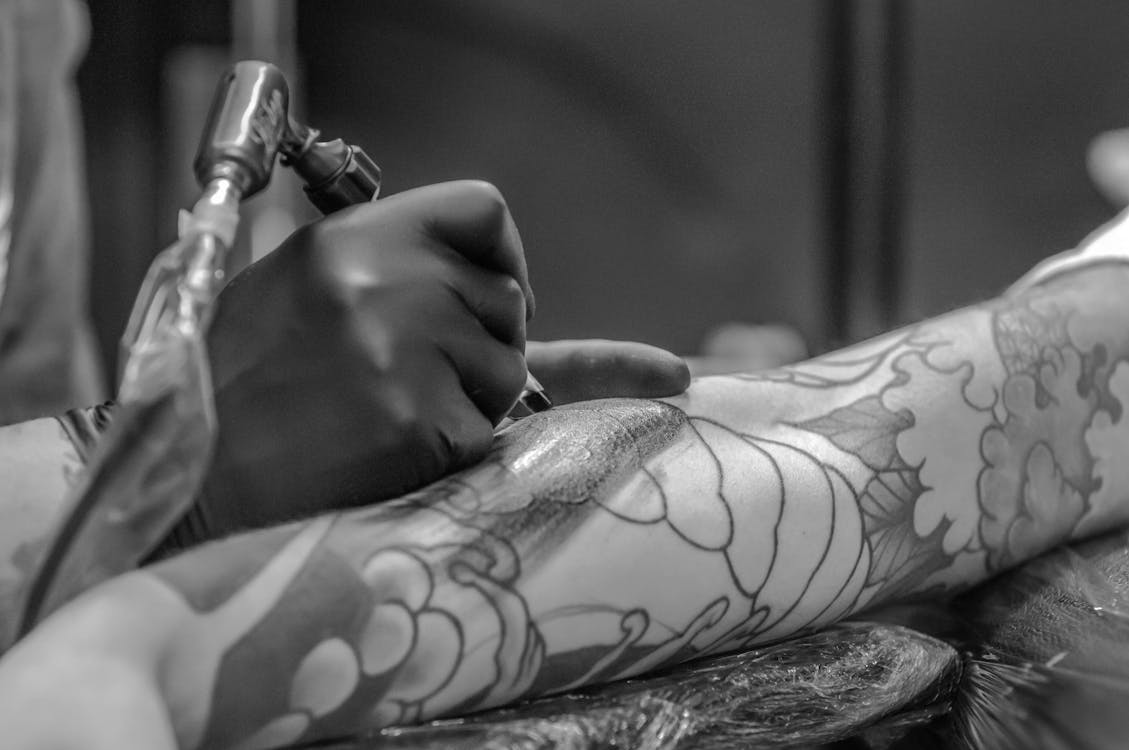Tattoos have been around for centuries, and their cultural significance has evolved over time. From symbols of status and power to expressions of individuality, tattoos have played an important role in many cultures throughout history. In this article, we will explore the history and cultural significance of tattoos, looking at their evolution from ancient times to the present day.
1: Introduction
Tattoos have been used for various purposes throughout history. From religious and spiritual purposes to cultural expressions of identity, tattoos have been a part of human civilization for centuries. In this article, we will explore the history of tattoos and their cultural significance.
2: Early Origins of Tattooing
The earliest known evidence of tattooing dates back to the ancient Egyptians, who used tattoos as a form of medicine and protection. Tattoos were also used in ancient China, where they were considered a symbol of wealth and status. In Japan, tattoos were used for both religious and decorative purposes. The Polynesians were also known for their elaborate tattoos, which were used to denote social status and power.
3: Tattoos in Western Culture
Tattoos were not common in Western cultures until the 19th century. They were associated with sailors and other seafarers, who often got tattoos as a way to mark their travels and adventures. Tattoos also became popular among soldiers during World War II, as a way to express their patriotism and solidarity with their fellow soldiers.
4: The Cultural Significance of Tattoos
Tattoos have held a variety of cultural significance throughout history. In some cultures, tattoos were used as a way to mark individuals as members of a particular tribe or social group. In other cultures, tattoos were used as a form of protection or as a way to ward off evil spirits. In many cultures, tattoos were seen as a way to connect with the spiritual world or as a form of self-expression.
5: Modern Tattoo Culture
In the 21st century, tattoos have become much more mainstream and socially acceptable. Many people get tattoos as a way to express their individuality and personal style. Tattoos are also used to commemorate significant life events, such as weddings or the birth of a child. In recent years, there has also been a rise in cosmetic tattoos, such as microblading and permanent makeup.
6: Risks and Considerations
While tattoos can be a meaningful and beautiful form of self-expression, it's important to consider the potential risks and drawbacks. Tattoos can be painful and expensive to get, and they require a significant amount of aftercare. In addition, there are potential health risks associated with tattoos, such as infection, allergic reactions, and scarring.
Conclusion
In conclusion, tattoos have played an important role in many cultures throughout history. From spiritual and religious purposes to expressions of identity and individuality, tattoos have evolved to become a popular form of self-expression in the modern era. While there are potential risks and drawbacks associated with tattoos, many people continue to choose to get tattoos as a way to express their unique personality and style .
![In the Know with Informium: Discovering [The World] In the Know with Informium: Discovering [The World]](https://blogger.googleusercontent.com/img/a/AVvXsEgcDyR0p1ytrjUEjbVNRJ1Rt66C4X1HYJkQZjuSh_BLJNHQVjppjSqTkcbP2tqgWZ84RhZMkFxCHCC-SxGuMPnSww7DG8x0MVE6d7sDvaEGkbPJuvtq_uY2i7hHDjuprQUzeDt2QcAcWChEFl49Huojm3fLHYpSjoXabD75WmhgSI2yfCktm3WuB86PMQ=s150)
